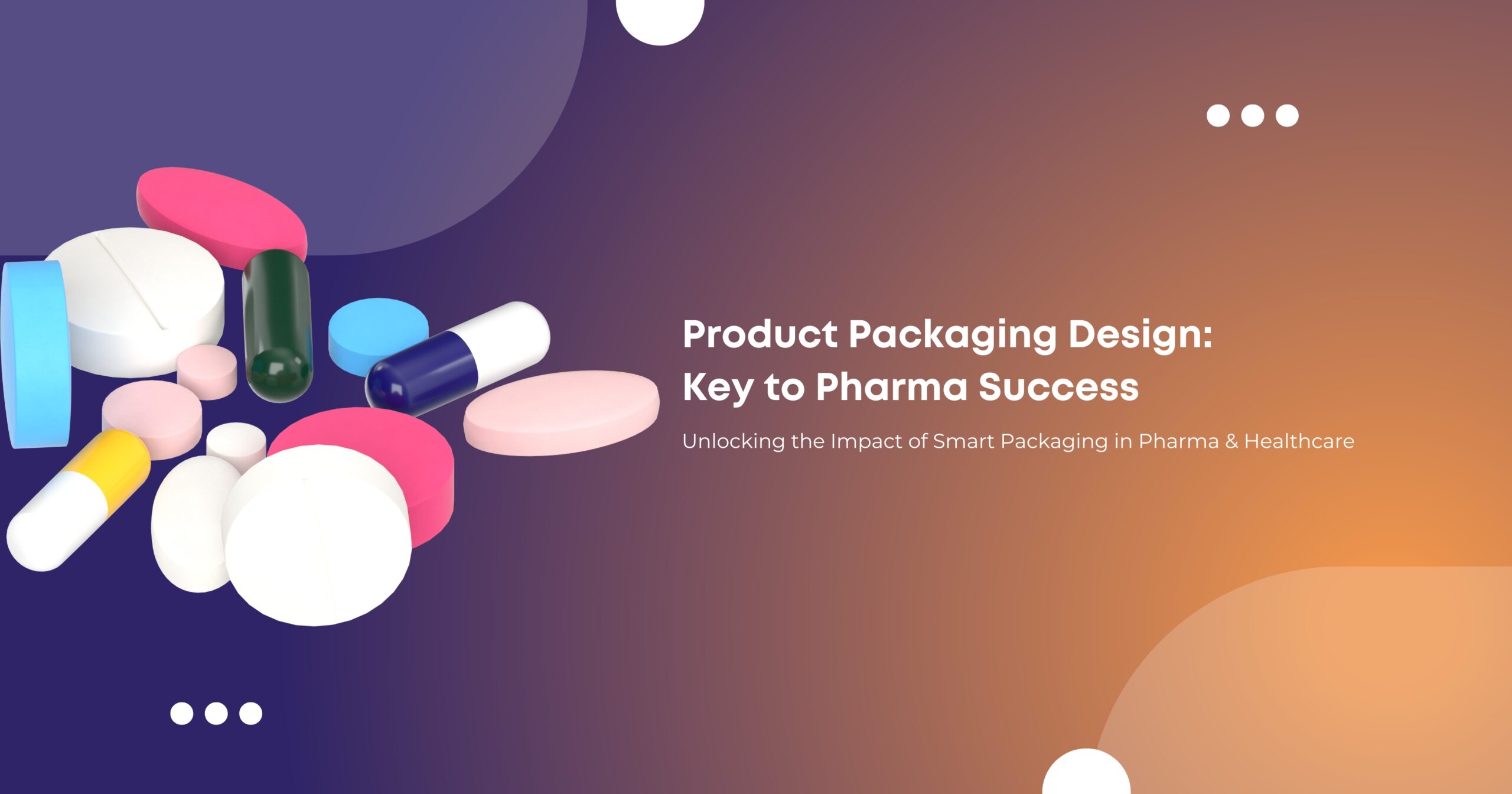In the competitive world of Pharma and Healthcare, packaging design plays a crucial role in the success of a product. Beyond merely containing the product, packaging serves as a vital communication tool, safeguarding the product’s integrity, and reinforcing the brand’s identity. Let’s explore why packaging design is so important in this industry and how it can influence consumer choices.
-
Ensuring Safety and Compliance
One of the primary functions of packaging in the Pharma and Healthcare industry is to ensure product safety. Packaging must protect the product from contamination, degradation, and tampering. It also needs to comply with stringent regulatory standards that vary across regions. Failure to meet these standards can lead to recalls, legal issues, and damage to the brand’s reputation. Therefore, designing packaging that not only meets but exceeds these safety and compliance requirements is critical.
-
Communicating Critical Information
Effective packaging design is essential for communicating vital information to healthcare providers and consumers. Clear labeling, including dosage instructions, expiration dates, and storage conditions, helps prevent medication errors and ensures proper use of the product. Moreover, well-designed packaging can highlight the brand’s commitment to transparency and consumer safety.
-
Building Brand Recognition
In an industry where trust is paramount, packaging design serves as a visual representation of the brand’s values and quality. Consistent and professional packaging helps build brand recognition, making it easier for consumers to identify products from a trusted brand. This consistency in design also aids in establishing a brand’s presence in a crowded market, where many products may offer similar benefits.
-
Enhancing User Experience
User-centric packaging design is increasingly important in the Pharma and Healthcare sectors. Packaging that is easy to open, handle, and read can significantly enhance the user experience, particularly for elderly patients or those with disabilities. Features like child-resistant caps, easy-to-read labels, and portable packaging options can make a significant difference in how consumers interact with the product.
-
Driving Consumer Trust and Loyalty
In a field where consumer trust is essential, packaging can play a crucial role in building and maintaining that trust. Packaging that communicates quality, safety, and efficacy can drive consumer loyalty, encouraging repeat purchases and long-term brand allegiance. Additionally, packaging that reflects the brand’s commitment to sustainability can resonate with environmentally-conscious consumers, further strengthening brand loyalty.
-
Differentiating in a Competitive Market
The Pharma and Healthcare markets are highly competitive, with numerous brands vying for consumer attention. Packaging design can be a powerful differentiator, helping a product stand out on the shelves and online. Unique design elements, such as innovative shapes, colors, and materials, can attract attention and influence purchasing decisions.
Conclusion
In the Pharma and Healthcare industry, packaging design is far more than an afterthought—it’s a critical component of product success. From ensuring safety and compliance to building brand recognition and enhancing user experience, thoughtful packaging design can significantly impact a brand’s reputation and consumer trust. Investing in high-quality, strategic packaging design is not just important; it’s essential for any brand looking to thrive in this competitive industry.




